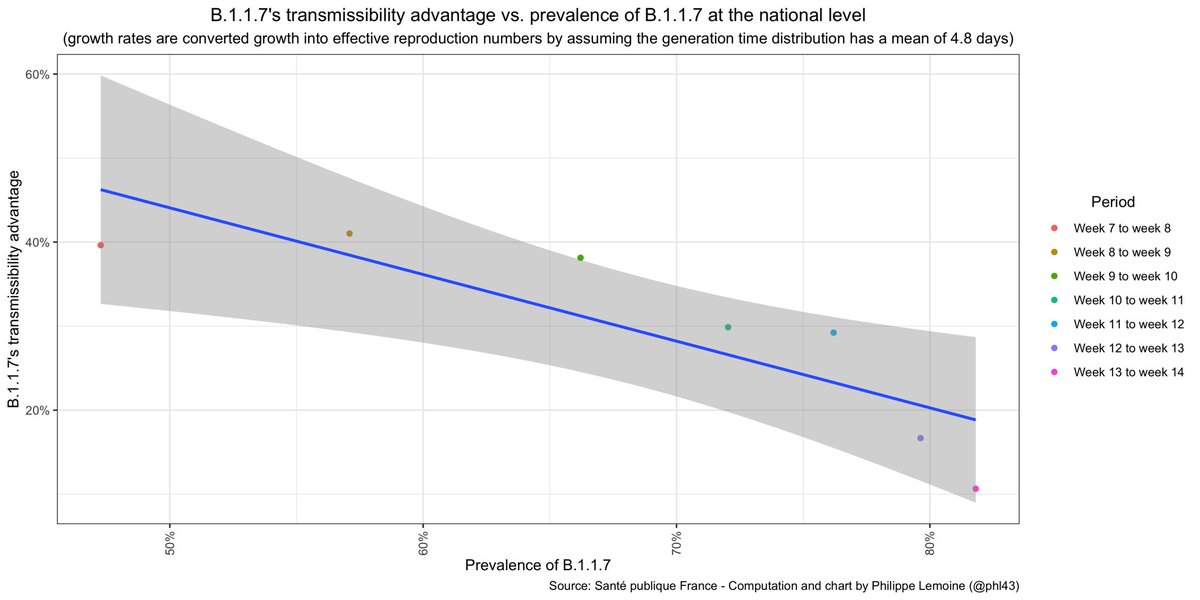
61% of people tested negative for antibodies, but instead of concluding that most people in that sample who claimed to suffer from "long COVID" are just hypochondriacs who were never even infected, the conclusion is that "long COVID" patients have a weaker antibody response 😂
https://twitter.com/VirusesImmunity/status/1380507520075235331
But the problem is not that medical researchers make that ridiculous inference with a straight face, not at all, it's that a journal asked them to exclude people who tested negative, which apparently is racist because most of them were minorities 🙃
https://twitter.com/VirusesImmunity/status/1380507502551433216
It's amazing, just have a look at how many doctors and scientists liked/retweeted this garbage, medical research is rotten to the core. The mere fact that a prominent researcher can say that with a straight face and apparently no fear of damaging her reputation speaks volumes.
Anyway, thanks to @RealYeyoZa for telling me about this gem of a thread, this kind of shit offers me some welcome distraction while everything is closed, in part because of scare-mongering in the media about "long COVID".
To be clear, I do not doubt that "long COVID" exists, although it might actually be several different things. What I criticize is the garbage scientific literature on that phenomenon, which is a methodological and conceptual mess, as well as the resulting hysteria in the media.
• • •
Missing some Tweet in this thread? You can try to
force a refresh




